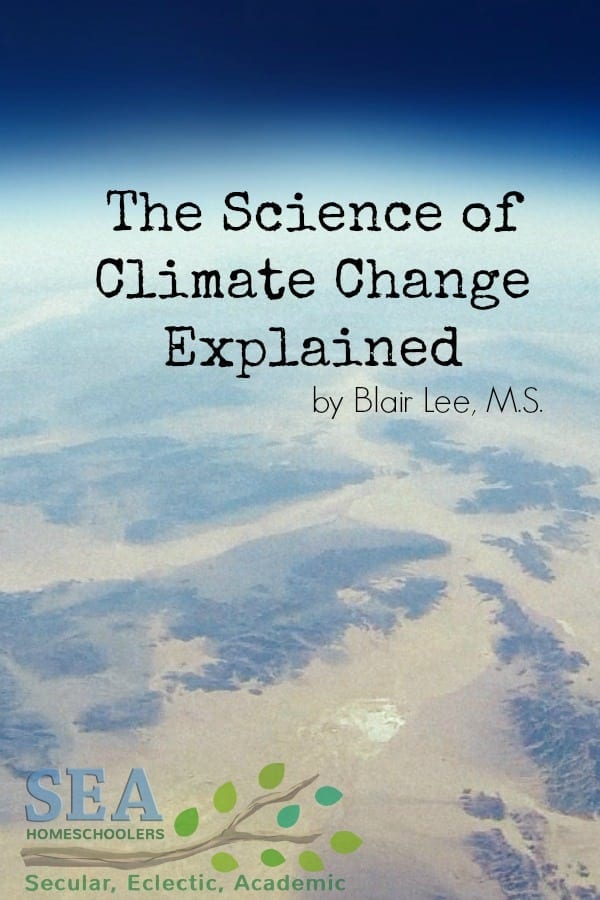When I was asked to teach a course on the science of climate change to the middle schoolers in our science group, believe me, I had some questions!
As I worked to answer those questions, I gained a deeper appreciation for how interconnected everything (and I do mean everything) really is. And I got excited thinking about the many ways this course could challenge and inspire the kids with all kinds of learning…and dare I say it? Change the world!
Here are some of the questions I asked as I got started. I hope to help make this more approachable and encourage you to tackle the science of climate change in your homeschool or co-op!
1. Why consider teaching about the science of climate change?
For me, this goes to the heart of why we teach anything. We want to empower our kids with tools to build a good life—one in which they find their own point of view and understand their position in this world, where they can identify problems and think about solutions, where they can find joy and pleasure and beauty.
A course on the science of climate change encompasses every discipline necessary for developing these life tools: critical thinking, deep understanding of scientific method, geography, geology, chemistry, communication, math, physics, biology, creativity, morality, politics, economics, and an appreciation of the interconnectedness of all life and systems in our world. It even includes the arts. Talk about a powerhouse of interdisciplinary learning!
2. Why the science of climate change, and not just climate change?
We’re specifically talking about teaching the science of climate change, not simply the topic of climate change, and this distinction is important.
Science means asking questions, evaluating data, thinking deeply and creatively. It’s more than a collection of facts. It is coming to grips with how we know what we know, how we figure out what’s problematic, how we imagine and create a future that works for our world.
Learning about the science of climate change means asking lots of questions and making lots of connections.
3. Why teach this to middle schoolers?
The science of climate change is excellent for middle schoolers.
By this age, kids have learned some basic weather science, chemistry, physics, and social studies. They are aware of the value of trees and forests. They also have a grasp of basic farming or gardening concepts. These things are a foundation for building their understanding of the science of climate change. And building on their foundational knowledge is one of the things middle schoolers do best!
In learning about climate change, they will take scientific theories, models, and facts and make connections with history, with present conditions, and with future possibilities. They will see first-hand how real-life science gets done because they will be doing it, just like the scientists whose work they are learning about. They will devise creative solutions for the problems they identify, collaborate with each other, and present their data and ideas creatively and colorfully. They will tackle the ethical issues in their passionate, big-hearted way. (They probably will even get a little muddy.)

4. Ok, but what about the elephant in the room?
There is overwhelming scientific consensus on the impacts of climate change, yet some people consider this to be a controversial topic. Do not let that intimidate you.
Teaching controversy is a key aspect of teaching for global competence—preparing students to investigate the world and weigh perspectives is critical to their growth as global citizens.
And I think you will find, as you explore the issues and learn about this science, that the real questions are about what we can and should do to change climate change.
5. I’m not a climate change expert! How do I know what to cover?
You’re probably already watching documentaries and reading a lot. Be intentional about noticing things that pertain to climate change, particularly the connectedness of earth’s systems with the peoples and ecosystems. When something grabs your attention, explore it.
But don’t worry about becoming an expert on climate change.
You (and the kids) will learn a great deal, believe me, but the main point of all this is to foster an understanding of:
- How we know what is going on
- How it all works together
- How to evaluate sources
- How scientists do what they do
- How we can figure out what to do next
- Any other HOWs you and the kids come up with!
6. Climate change can be really depressing. How do I keep the kids (and myself) from sinking into despair?
Here’s where I took a lesson from Ivy and Bean.
Yes, Ivy and Bean.
Ivy and Bean: What’s the Big Idea? (book 7) by Annie Barrows and Sophie Blackhall. In this story, the fifth-grade class presents a lesson on climate change to Ivy and Bean’s second-grade class, miring the younger kids deep in an existential crisis of hopelessness and despair over the doomed polar bears and the destructiveness of humanity. With a stroke of genius, their teacher allows the second graders take ownership of the problem: for their science fair projects, they devise clever ways to help cool down the earth. Thus the children’s hope is restored, their creativity blossoms, and most importantly, they no longer feel that life is meaningless and the future bleak with misery and ruination.
Fact: Middle-schoolers are not much different from second-graders when it comes to hopefulness and existential crises. Focus not only on the problems, but also on the real and possible solutions. Always end the lessons with something they can feel hopeful about, or at the very least, take care that you don’t leave them despondent!
7. What will the kids do in a course on the science of climate change?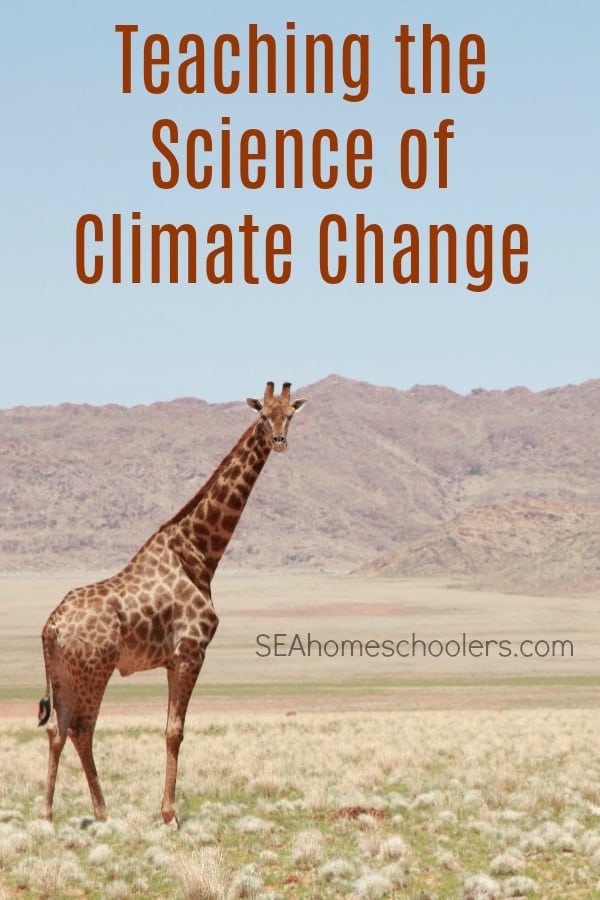
There are so many opportunities here! With some thoughtful preparation, you can create a course on climate change that will allow your learners to:
- engage in scientific experiments
- learn how to gather data
- evaluate sources
- examine the practice of peer-review in scientific publication
- practice data analysis and presentation
- apply mathematical formulas to analyze data and determine potential futures
- learn about earth’s systems in a meaningful way
- explore humanity’s role and impact on earth’s environment and systems
- apply chemistry to real life
- combine a study of history with science
- draw
- play games
- think creatively
- do field work
- take field trips
- learn about and talk with scientists and inventors
- solve problems
- …and more!
8. What will I use to teach the science of climate change?
As I prepared to teach this course, I found more material than one person could possibly need. Some of it is fantastic. In fact, there’s so much available from reputable sources that your primary difficulty will be deciding what not to use and keeping what works best!
Here are the primary curricula I used:
I combined these with some videos, interactives, articles, and games to create a full, rich learning experience for a relatively low cost. Supplies for labs mostly can be found in your home or supermarket; a few will need to be sourced ahead of time. You can easily use these for co-op classes, after-school classes, or your own family.
I challenged the kids to bring their ideas to the class, too.
Our group decided to incorporate some project-based learning: the kids decided to design and build their own green energy technology! This is a work in progress, and I’m so excited to see what they come up with!
9. Are you ready to learn more about creating a robust course on the science of climate change with all kinds of interdisciplinary learning?
Like you, I’m super busy and appreciate when I don’t have to do a thing totally from scratch. Our course is still in progress, but I’m really pleased with how it’s turned out. I am more than happy to tell you what we’re doing in greater detail, including a list of supplies and links plus how to prep for the classes! I’ll make these available on my blog over the next few weeks and months at backyardowls.com.
A final thought:
I’ve been inspired by designing and teaching this course and by the big-hearted, creative kids I’m lucky to be working with. It really is exciting to think I can make a difference in their lives and in the world. I hope you’re inspired, too, to see what you can do with this in your homeschool! I promise: it’s worth it!

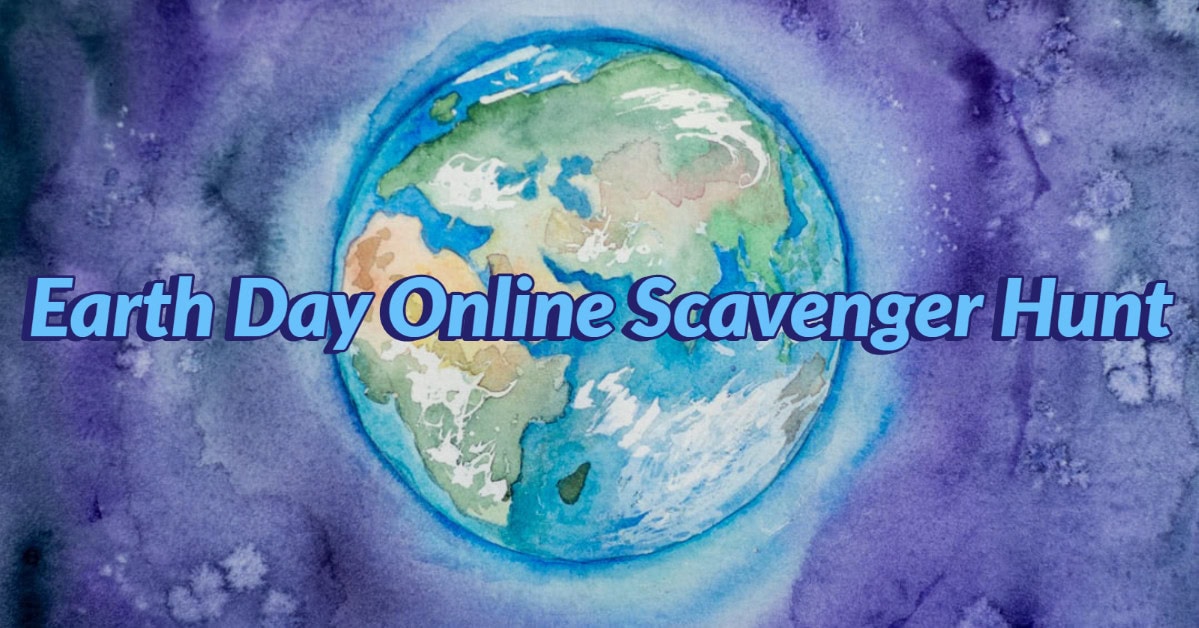
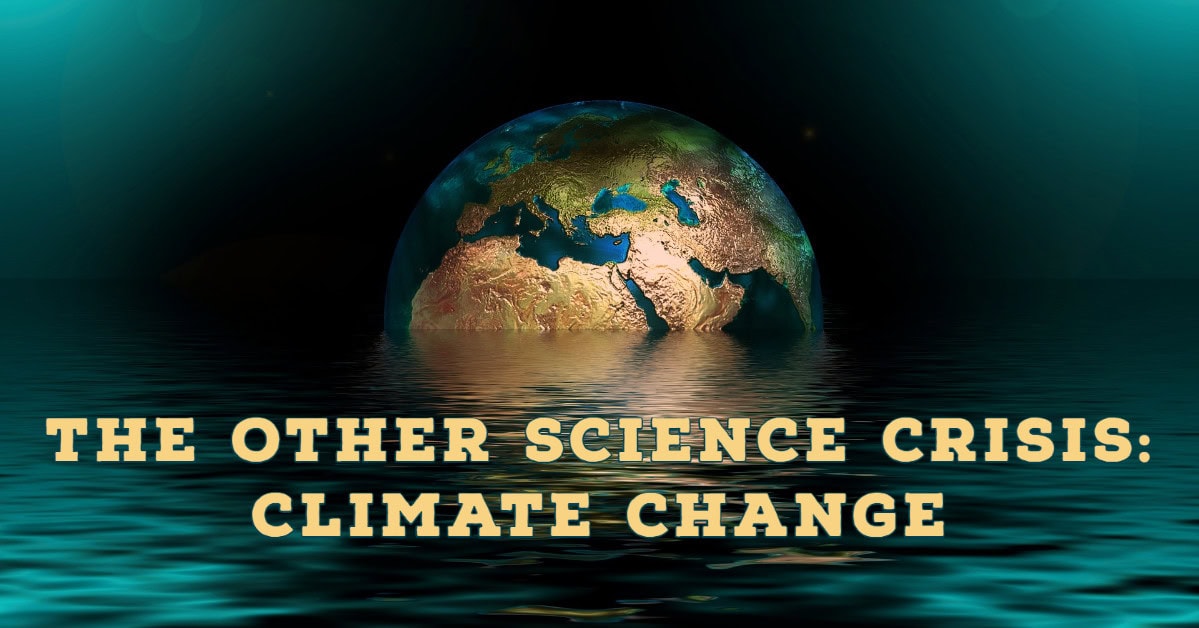

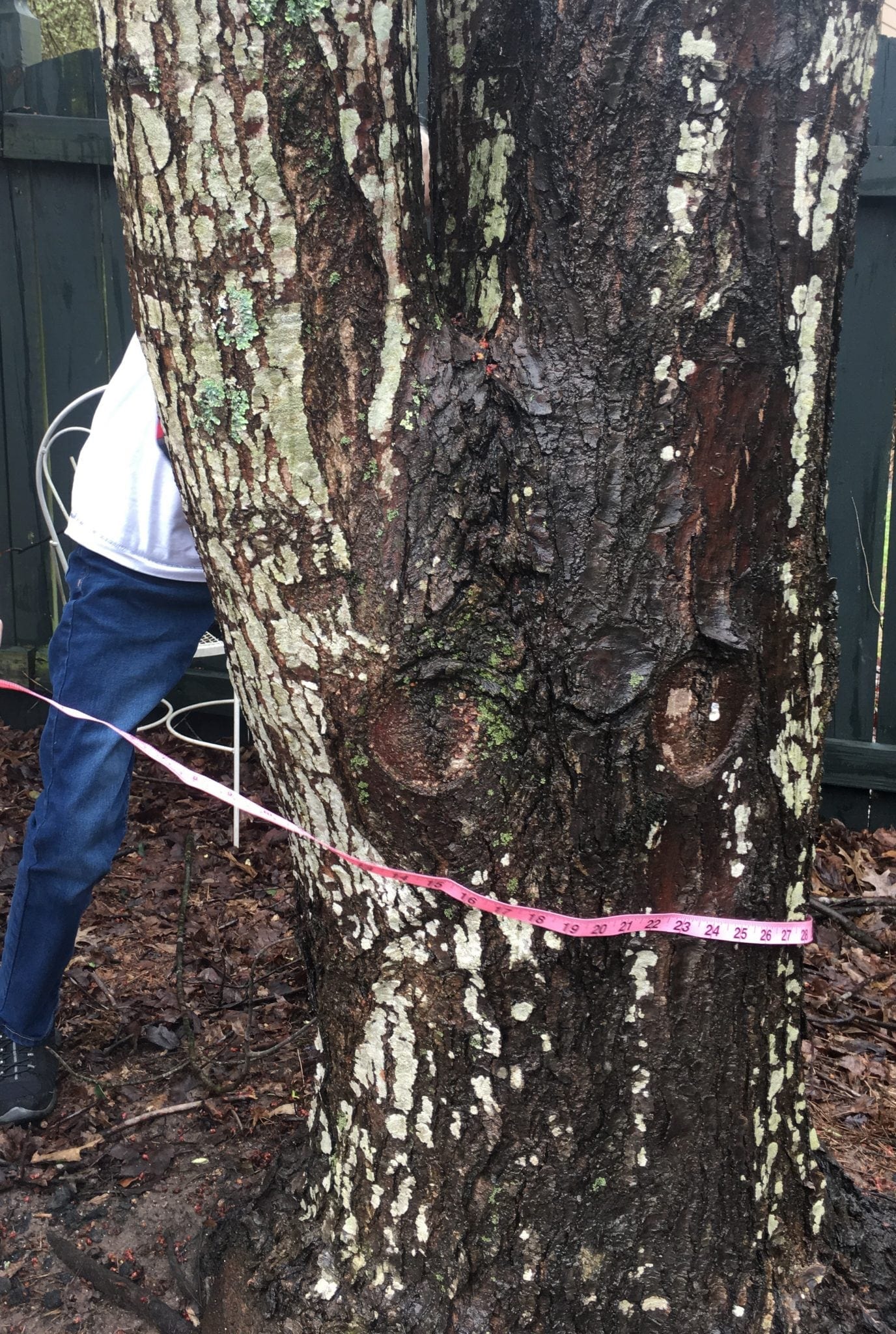


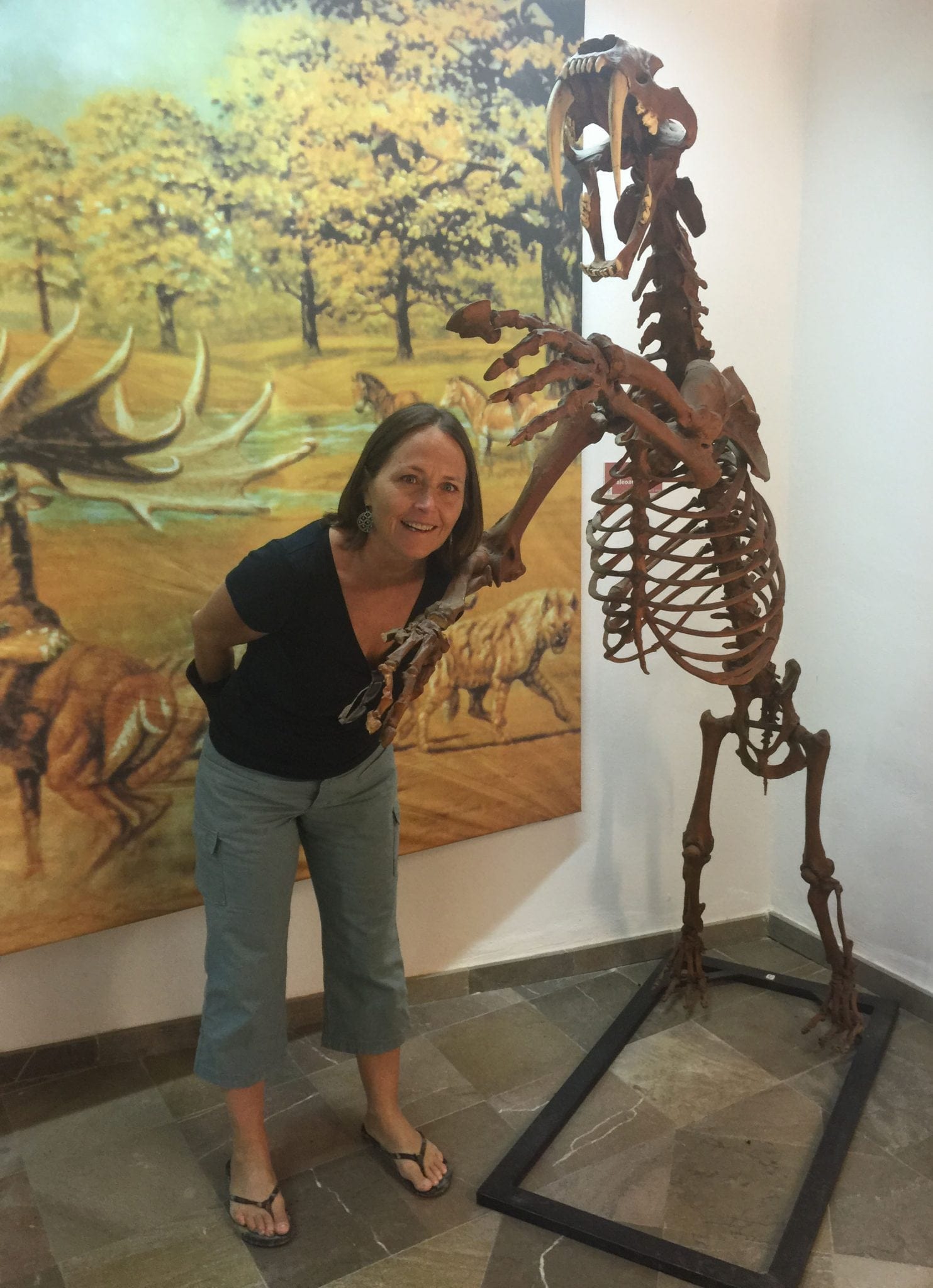
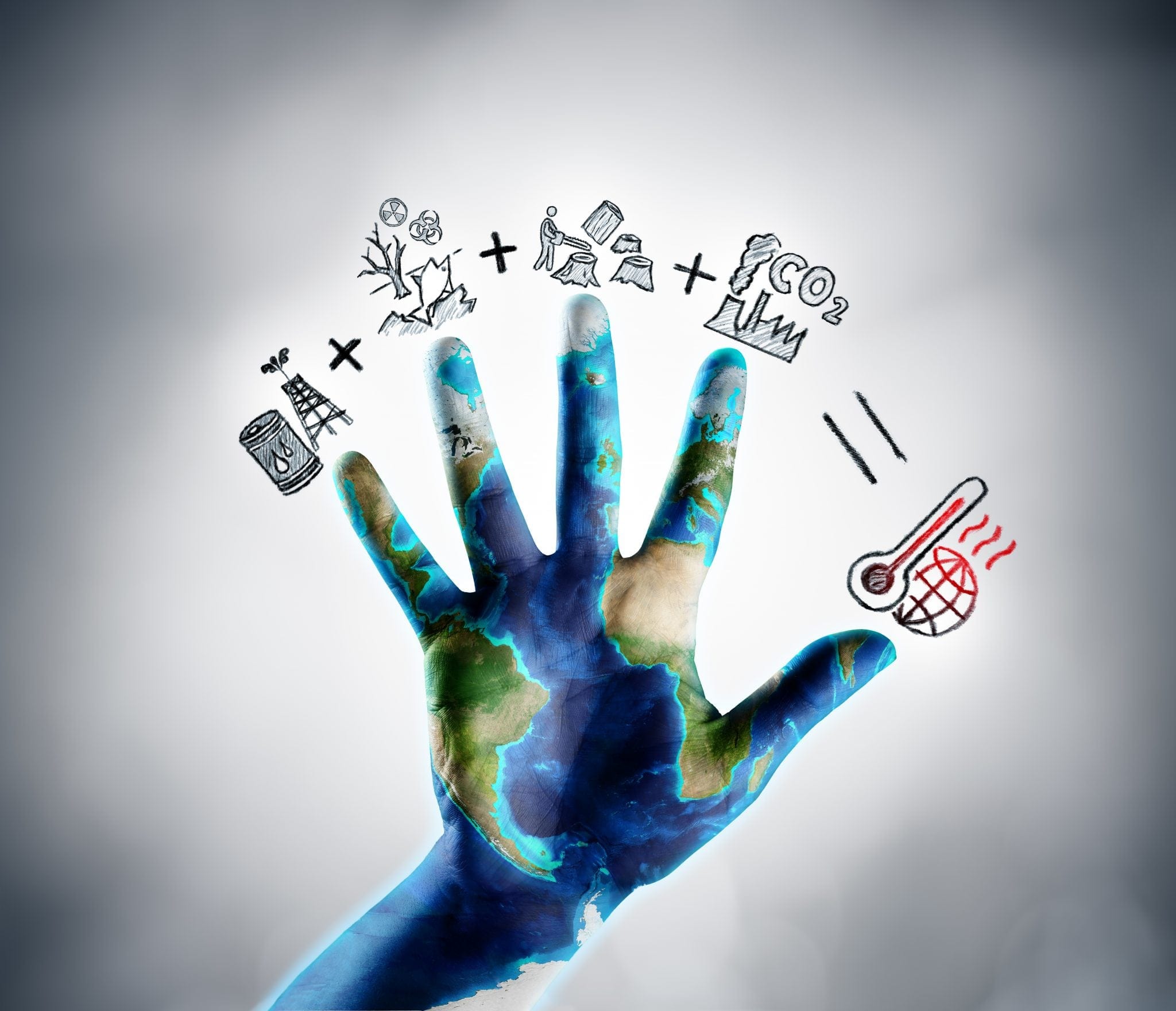
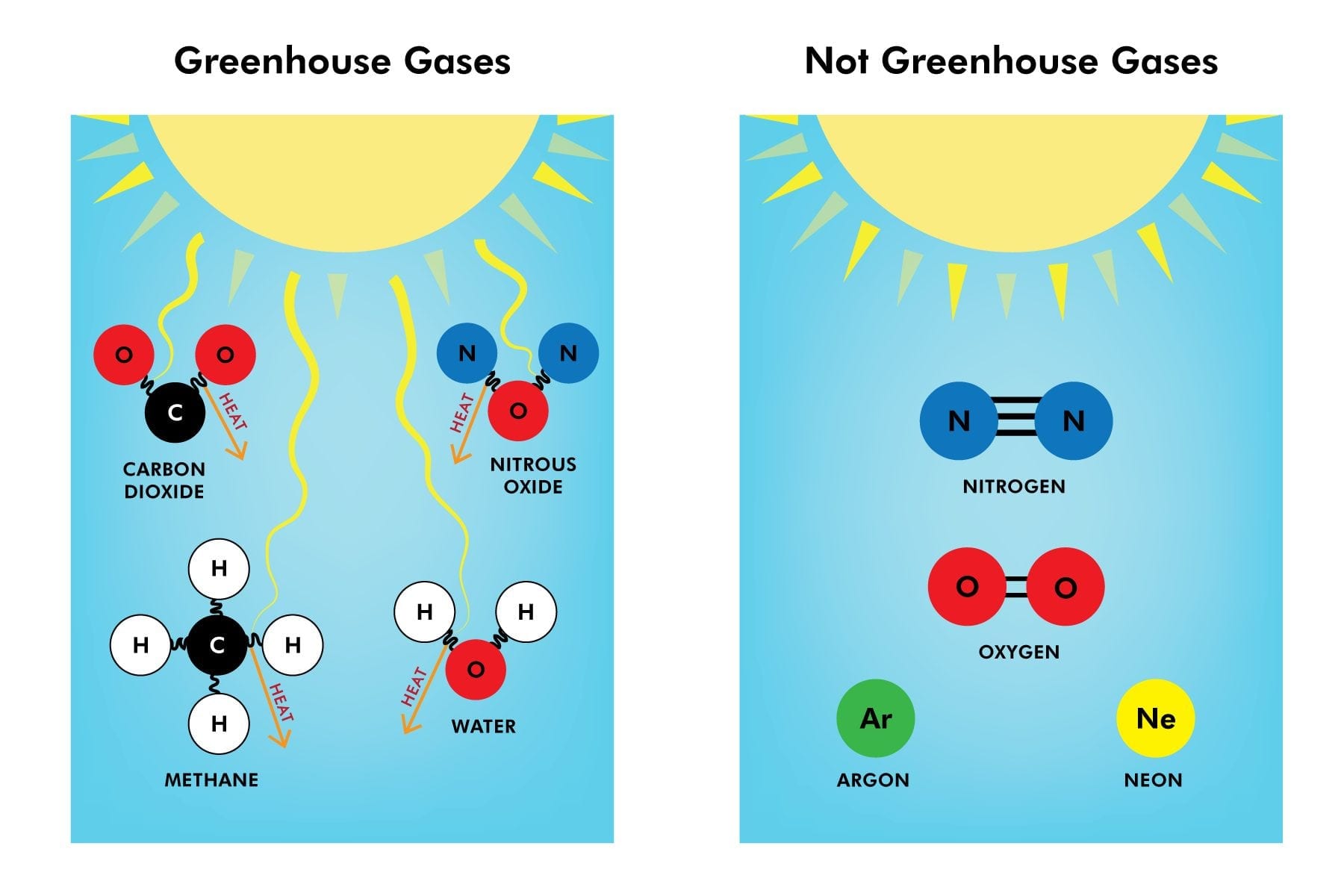

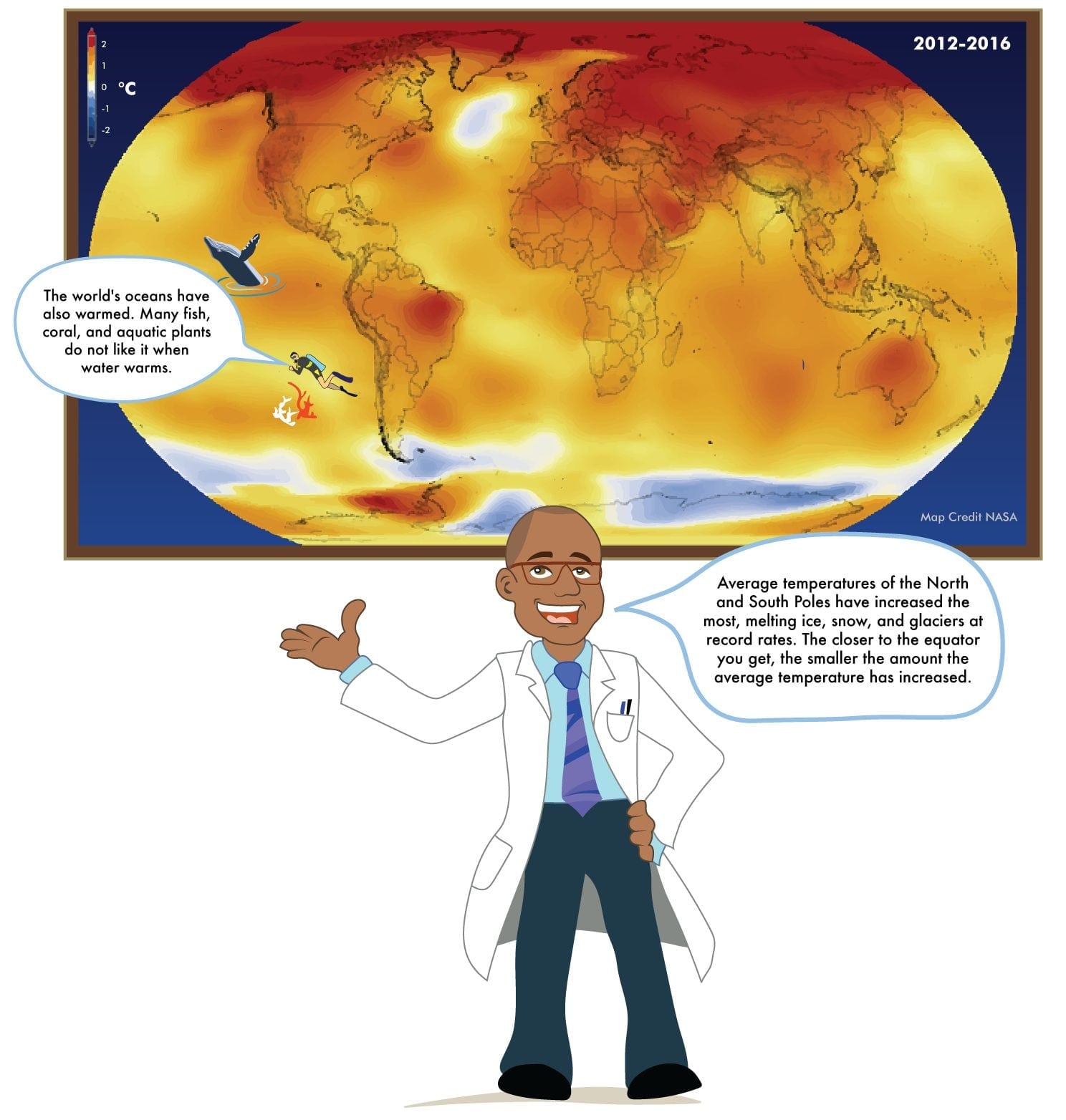
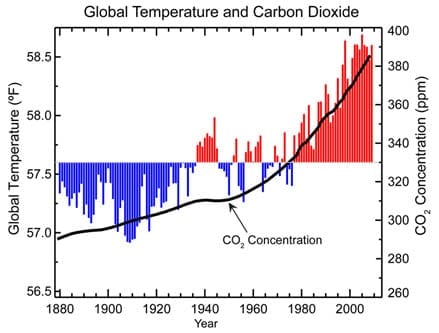
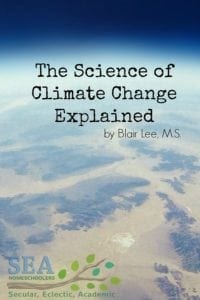 Earth is 4.56 billion years old. Over its long history, the climate has changed many times. So why is it a big deal now? What is different about the current climate change is the rate at which it is occurring and the fact that one species, humans, is causing climate change. The rate the climate is changing is outpacing the rate of evolution for many species. The evolution of new traits takes time. Under stressful conditions, such as rapid climate change, those species that need more time to adapt are at risk of extinction. The rate of extinction is increasing as the rate of global warming and climate change increases. The current rate of extinction is happening so fast that scientists believe Earth is in the middle of the sixth documented mass extinction.
Earth is 4.56 billion years old. Over its long history, the climate has changed many times. So why is it a big deal now? What is different about the current climate change is the rate at which it is occurring and the fact that one species, humans, is causing climate change. The rate the climate is changing is outpacing the rate of evolution for many species. The evolution of new traits takes time. Under stressful conditions, such as rapid climate change, those species that need more time to adapt are at risk of extinction. The rate of extinction is increasing as the rate of global warming and climate change increases. The current rate of extinction is happening so fast that scientists believe Earth is in the middle of the sixth documented mass extinction.